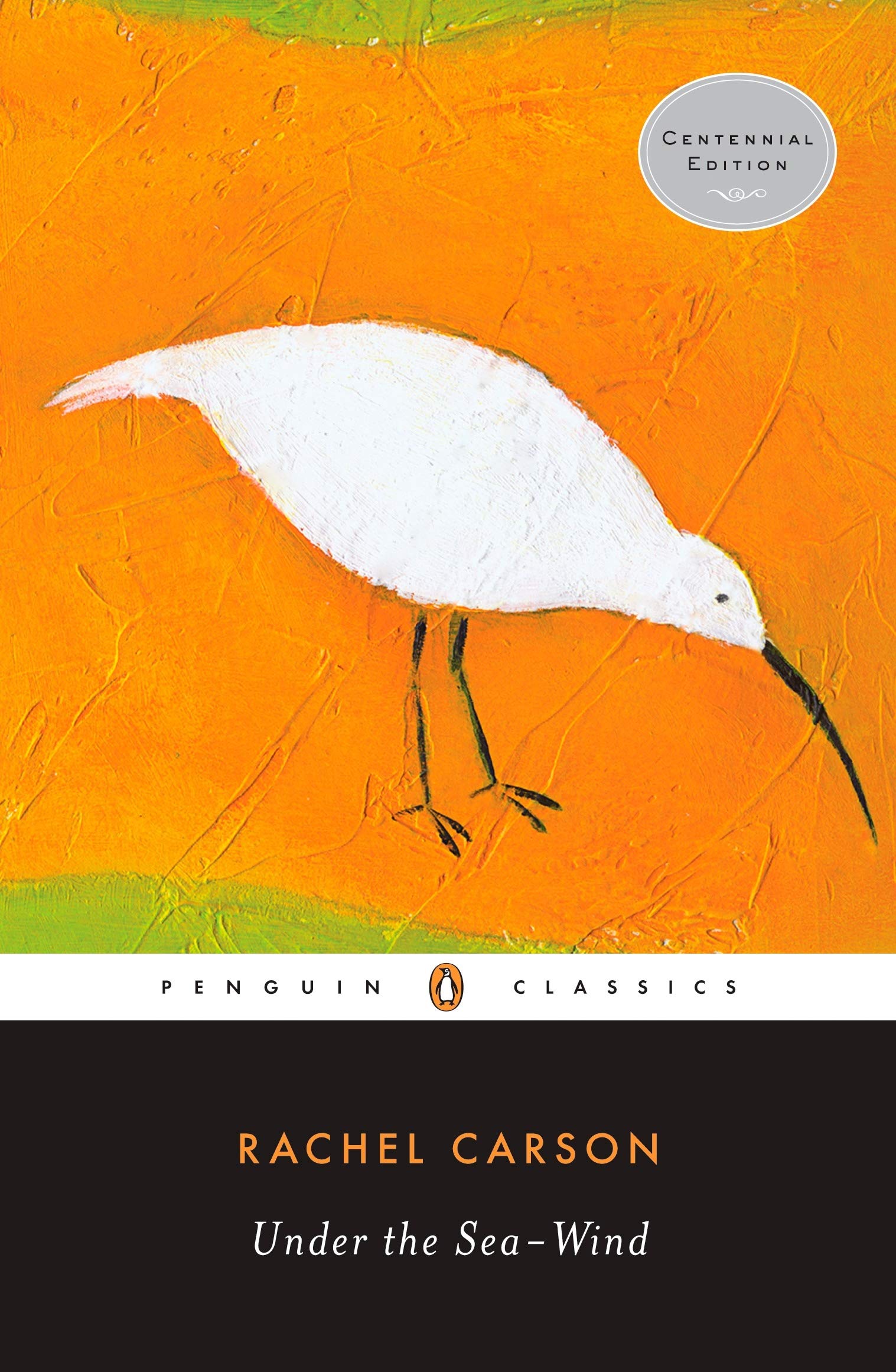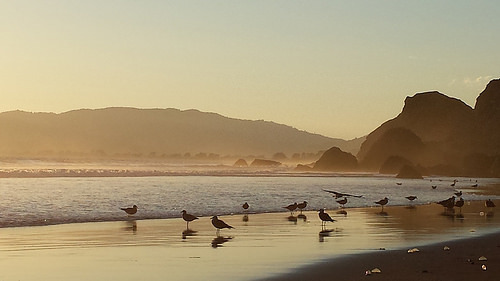What do you think?
Rate this book


208 pages, Paperback
First published January 1, 1941
The next day Carson sat in Higgins’s Washington D.C. office waiting for his verdict.The government ichthyologist knew at once that it was unsuitable. What he was reading was a piece of literature. Carson never forgot the conversation: ‘My chief…handed it back with a twinkle in his eye. ‘I don’t think it will do,’ he said. ‘Better try again. But send this one to the Atlantic Monthly.’
The island lay in shadows only a little deeper than those that were swiftly stealing across the sound from the east. On its western shore the wet sand of the narrow beach caught the same reflection of palely gleaming sky that laid a bright path across the water from island beach to horizon. Both water and sand were the color of steel overlaid with the sheen of silver, so that it was hard to say where water ended and land began.

7th book read of 500 Great Books by Women
“The ghost crab, still at his hunting for beach fleas, was alarmed by the turmoil of birds overhead, by the many racing shadows that sped over the sand. By now he was far from his own burrow. When he saw the fishermen walking across the beach, he dashed into the surf – preferring this refuge to flight. But a large channel bass was lurking nearby, and in a twinkling, the crab was seized, and eaten. Later, in the same day, the bass was attacked by sharks — and what was left of it was cast up by the tide on the sand. There the beach fleas, scavengers of the shore, swarmed over it and devoured it.”
The fish were nervous, he could tell. The streaks in the upper water were like hundreds of darting comets. The glow of the whole mass alternately dulled and kindled again to flame. It made him think of the light from steel furnaces in the sky.
In them burned once more the fever of migration, consuming with its fires all other desires and passions.